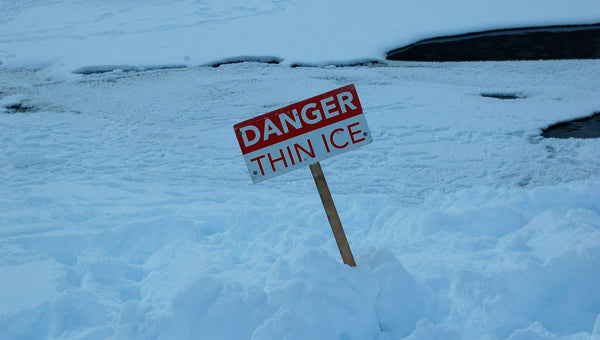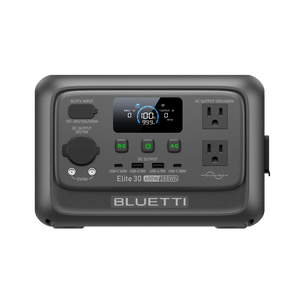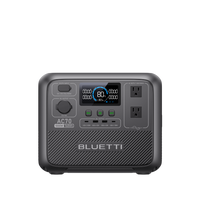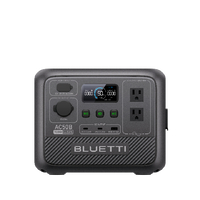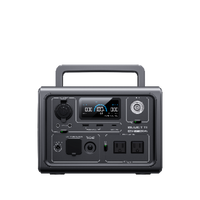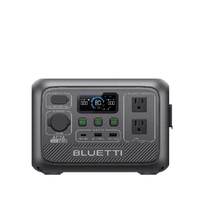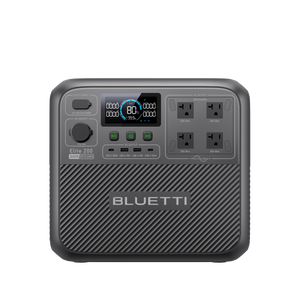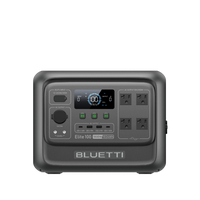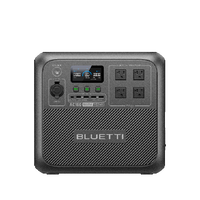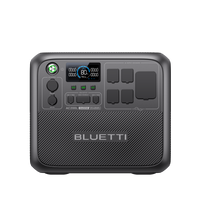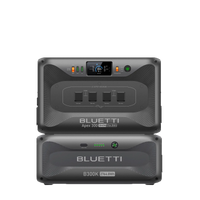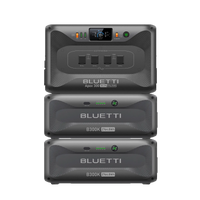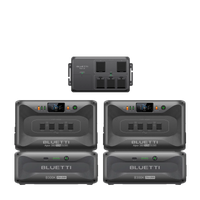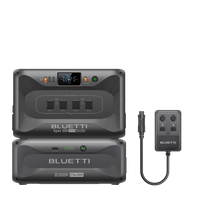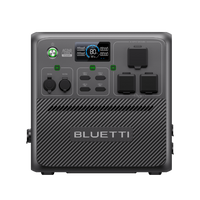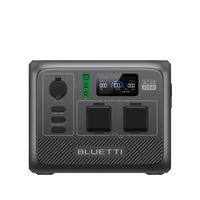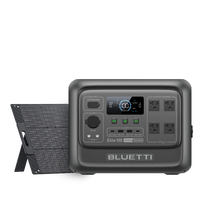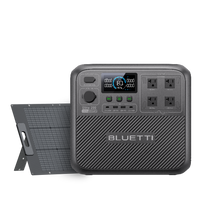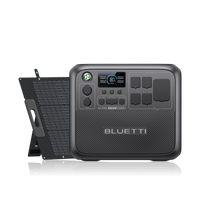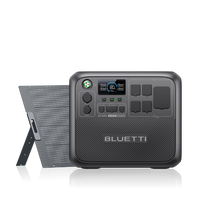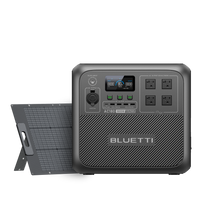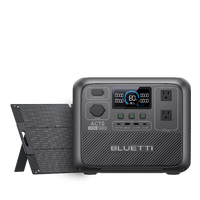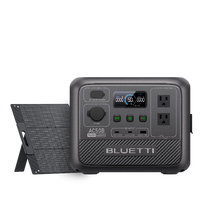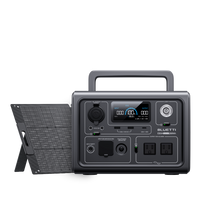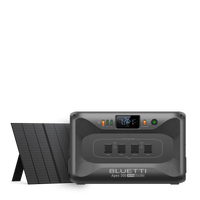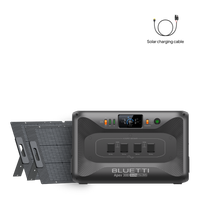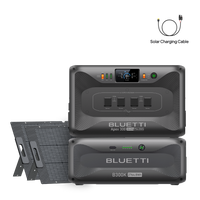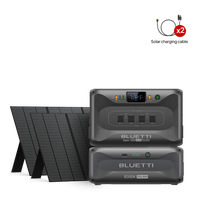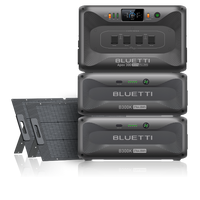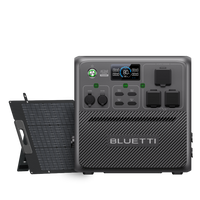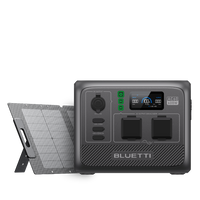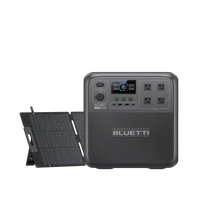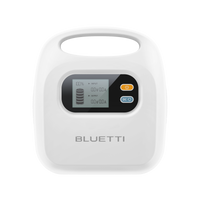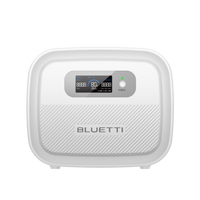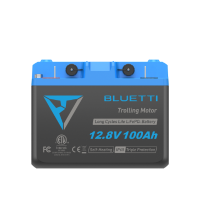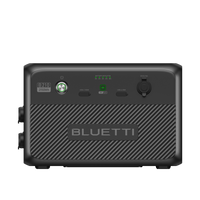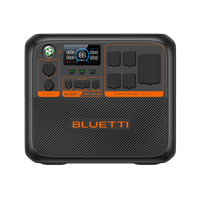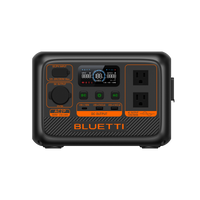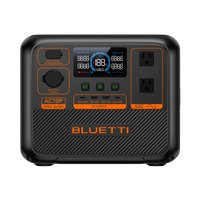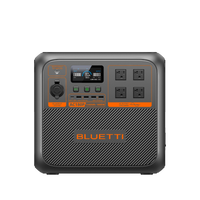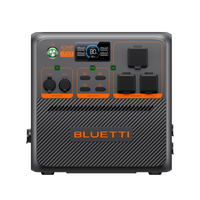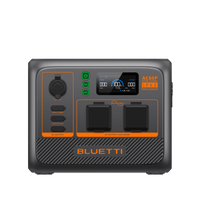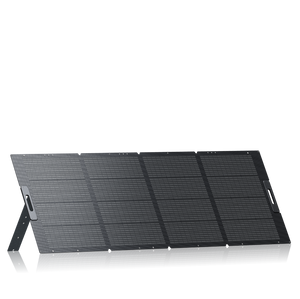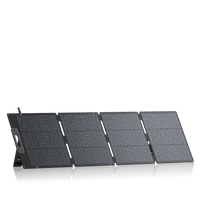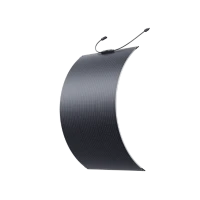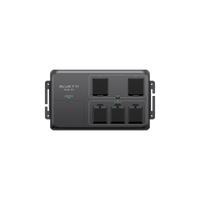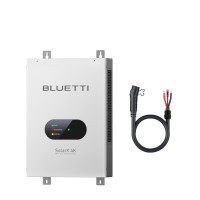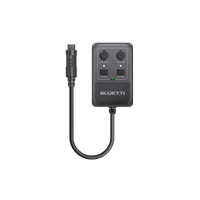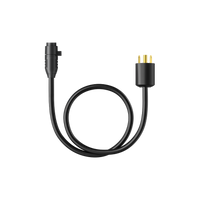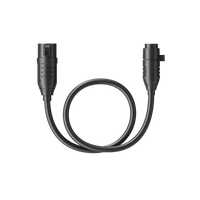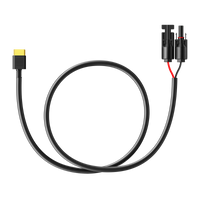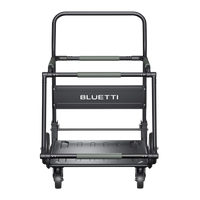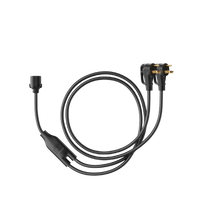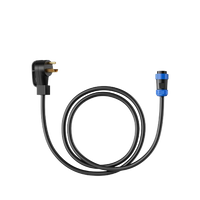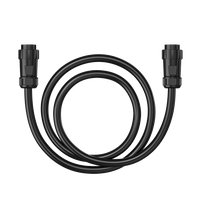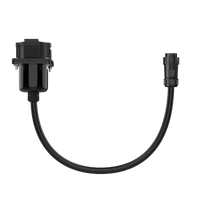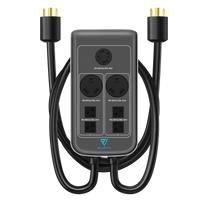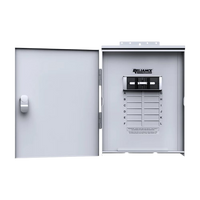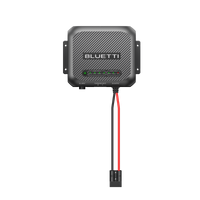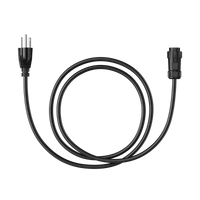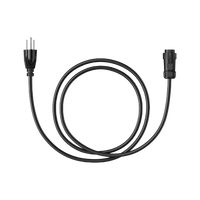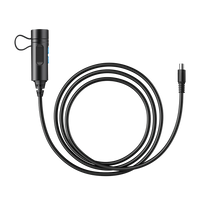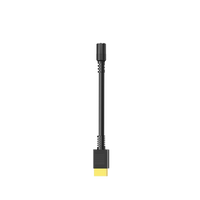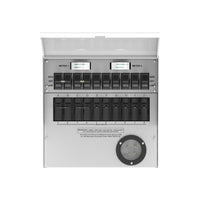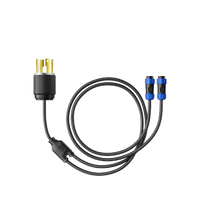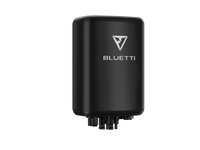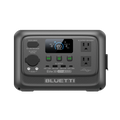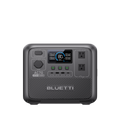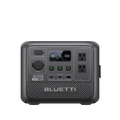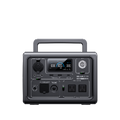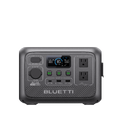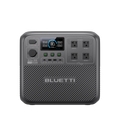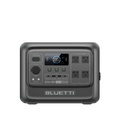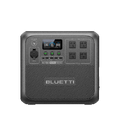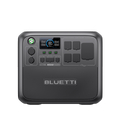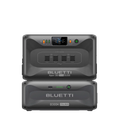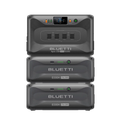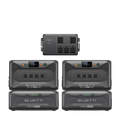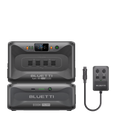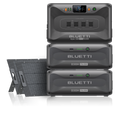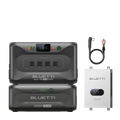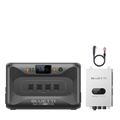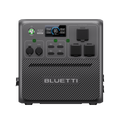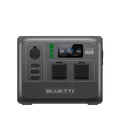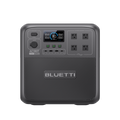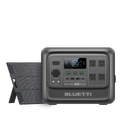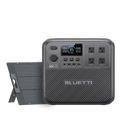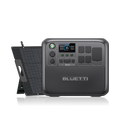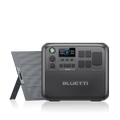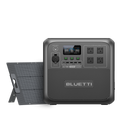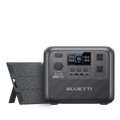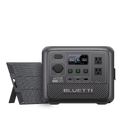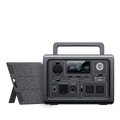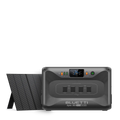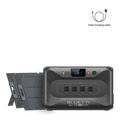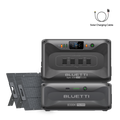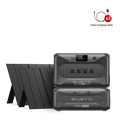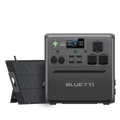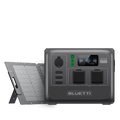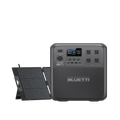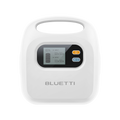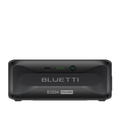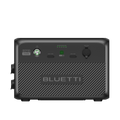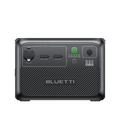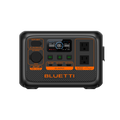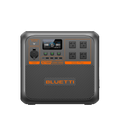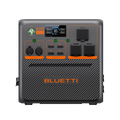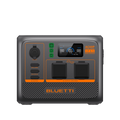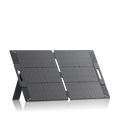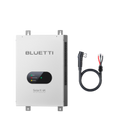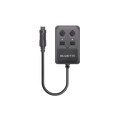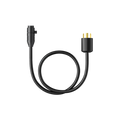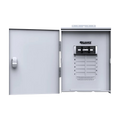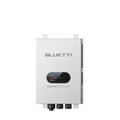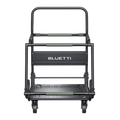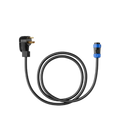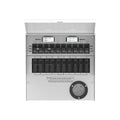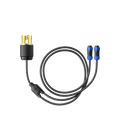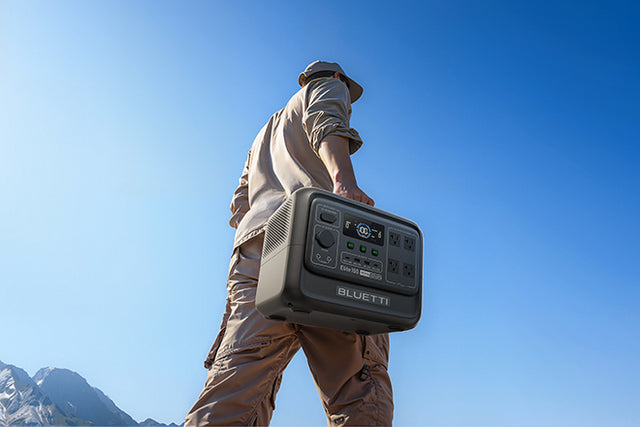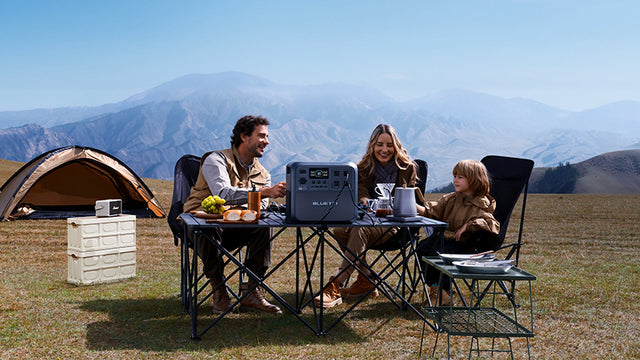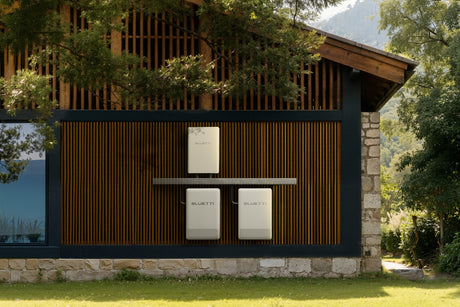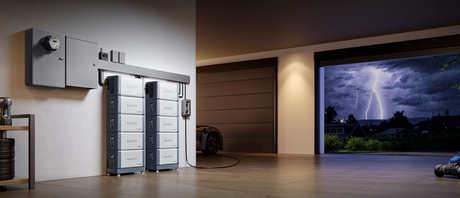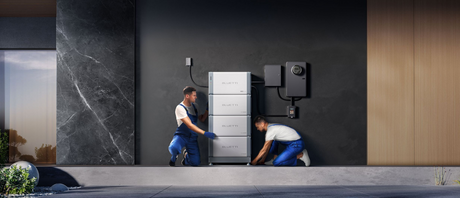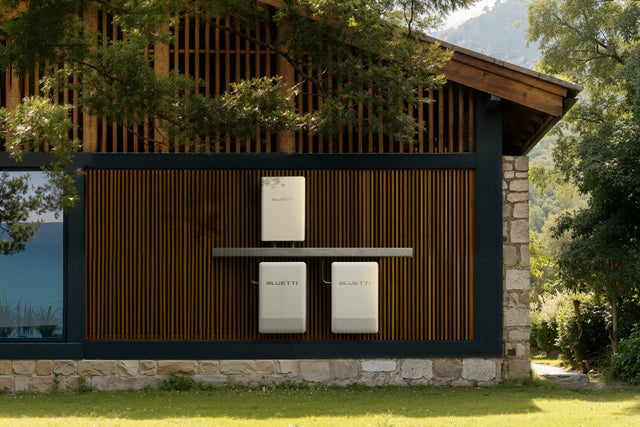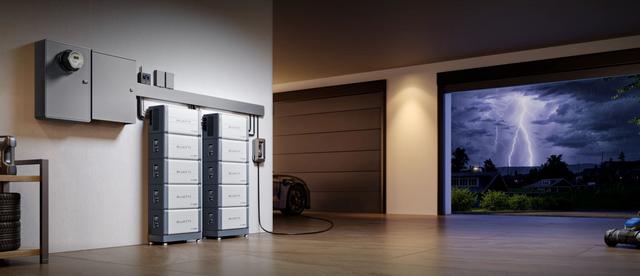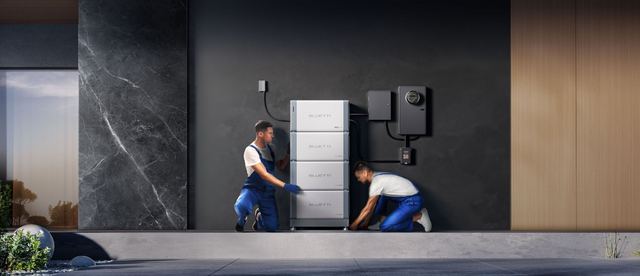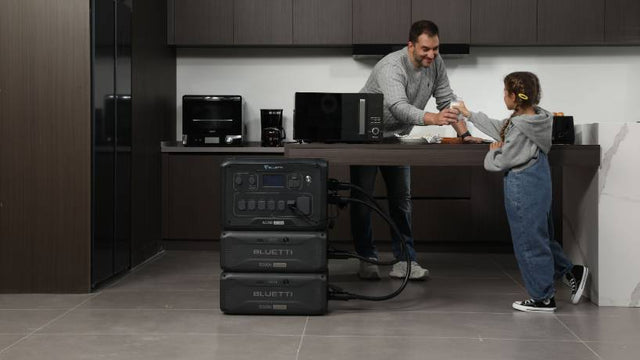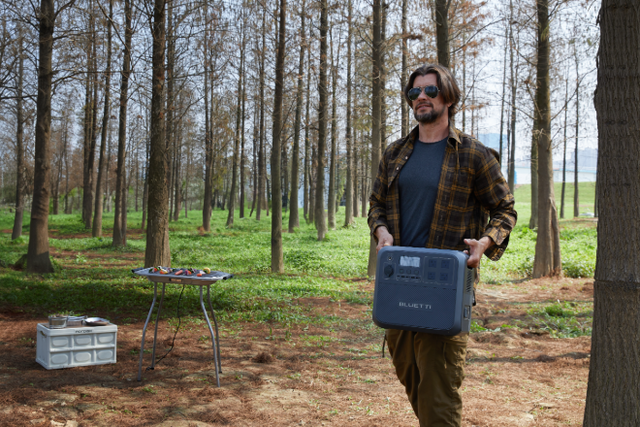Your cart is empty
Shop our productsWhen moisture enters your basement, it not only compromises the structural integrity of your home, thus reducing its value, but it also invites mold growth. To prevent water from getting into your home's basement, you will need to do a bit of waterproofing.
Sealing the basement to prevent water from getting in will not only help preserve your house's structure and prevent costly repairs, but it will also protect you and your loved ones from illnesses caused by mold.
Whether you use the basement for utilities, as a living space, a home office, or storage, proper sealing will help ensure it remains a functional part of your home.
Assessing the Problem
Signs of Moisture
- If moisture is getting into your basement, there are some telltale signs:
- The walls will feel clammy or cold due to increased humidity.
- You will notice a white powdery residue left behind by the evaporating water on the walls.
- A musty odor indicates growth of mold or mildew.
- The wallpaper or paint will peel due to the trapped moisture.
- Metal fixtures will start to develop rust.
Identifying the Source
Groundwater Issues
You'll often notice these after heavy rains or after the snow has melted:
- Water will seep through porous concrete or basement windows, and even through cracks in the walls.
- You may notice pooling in corners or along exterior walls.
Plumbing Leaks

Note that these could occur even during dry weather.
- You'll notice wet spots near fixtures, pipes, or ceilings.
- Maybe due to damaged plumbing lines or ones that are corroded.
Inspection Tips
- Take a close look at the gutters, exterior grading, and the downspouts, and see if you can find any drainage issues.
- Have a look at the plumbing for signs of burst seals, drips, or corrosion.
- Before you can start on any repair, confirm the source, as the solutions for fixing exterior or interior leaks are different.
Interior Waterproofing Methods
-
Sealing Cracks with Hydraulic Cement
Once hydraulic cement is applied, it will expand as it cures. This makes it a good choice when looking to seal active leaks and cracks on the walls or floors of your basement. What's more, it tends to set quickly and will block the water even when the water has high pressure.
Hydraulic cement is best for nonstructural cracks. For larger or structural cracks (e.g., those wider than ¼ inch), professional intervention is often required.
-
Applying Waterproof Coatings or Sealants
On top of using hydraulic cement, you might want to add some masonry seals on the walls to help create a moisture-repellent coating. Note that this works best on bare walls and does a great job of preventing the walls from absorbing the moisture and becoming damp.
-
Installing an Interior Drainage System or French Drain
Another option, especially when you suspect the water accessing the basement is substantial, is to create an interior drainage system, such as a French drain. This system channels water to a sump pump before it spreads across the basement floor. It usually involves installing a perforated pipe along the basement's perimeter and covering it with concrete.

And sure, such interior solutions may not completely prevent water from entering the house, but they can help redirect the water and keep the basement dry.
Exterior Waterproofing Methods
-
Excavating Around the Foundation to Install Waterproof Membranes
One of the best ways to prevent water from getting into your basement is to excavate around the wall down to its base, then apply a waterproof coating to the wall, and then fill the area back up with soil.
This will help stop the water before it can even penetrate, thus keeping the basement moisture-free. Granted, this method can be highly effective, but it is also labor-intensive and can be quite expensive.
This is why many people who opt for this option do so only when there is a major renovation or during severe weather problems.
-
Improving Grading to Direct Water Away from the House
Grading is a landscaping process that ensures that the ground around the house slopes away from the house.
The benefit of this is that rainwater will no longer pool near the walls of the house and seep inside. The ground should slope at least 5-10% (approximately 6-12 inches) over the first 10 feet from the house.
-
Adding Exterior Drainage Tiles and Gravel

We talked about interior drainage systems, but now let's look at the exterior ones this time also known as weeping tiles, which can be installed at the base of the foundation.
You can also add perforated pipes and surround these with gravel to help collect the water and redirect it away from the basement using waterproof membranes. Together, they help form a comprehensive defense against hydrostatic pressure and seepage.
Handling the issue from the outside first can help create a long-term barrier and significantly reduce the risk of water reaching the basement.
Improving Basement Ventilation
-
Role of Dehumidifiers and Air Circulation
Improving the ventilation in your basement can help bring down the humidity levels that cause mold growth.
One way to improve ventilation in the basement is by using a dehumidifier. It will help pull excess moisture from the air and maintain a humidity level of 30-50%. Add a couple of fans or a vent system, and the air circulation improves substantially, which will help prevent damp pockets, that can cause issues later on.
-
Preventing Condensation from Temperature Differences
Owing to the location, the air inside the basement is often warmer than the temperature of the walls. As this air comes into contact with the cold walls, floors, and even the pipes, condensation occurs. Using a dehumidifier and improving air circulation can help control condensation, reducing the risk of damage to the basement over time.
Backup Power for Sump Pumps
Why Reliability Matters During Storms
During times of flooding or heavy rain, you may find that your home's only defense against structural damage, especially in the basement, is the sump pump. This is all good when the grid is on, but when it fails, things could get a bit, or rather, a lot trickier. This is why having a power backup solution is essential.
A good portable power station, such as the BLUETTI AC200L or the Elite 100 V2, will help offer seamless backup power for sump pumps, lights, and even dehumidifiers.
Elite 100 V2: Compact Yet Capable

Despite it being small and compact, the BLUETTI Elite 100 V2 packs a heavy punch. Offering a 1024Wh capacity and 1800W with up to 3600W surge output, this is a power station that is worth a look, especially for those who value compactness.
Featuring a 10ms UPS switchover, you can rest easy knowing that the sump pump and dehumidifier will remain powered and run without any interruptions.
And let's not forget the 4,000+ LiFePO₄ charge cycles that roughly translate to about 10 years of daily use, and the fast Turbo charging that allows the Elite 100 V2 to reach 80% charge in 45 minutes. All of these features mean you have a power backup that is highly reliable in your hands.
And that's not all, weighing just 25lb, this is a highly portable power station that is easy to move around, making it ideal for basement backup power.
AC200L: Heavy-Duty Support for Larger Demands
For those with a large basement and bigger energy needs, i.e., running multiple sump pumps and larger dehumidifiers, the BLUETTI AC200L is worth a look.
It offers up to 2048Wh capacity and a good 2400W output with a surge capacity of 2600W. This is enough power to run almost any type of home appliance.
Additionally, you can expand the capacity to up to 7.6kWh, which can give you flexibility for longer outages. There's also the Bluetooth and Wi-fi app control, which helps keep you in command during those critical times.
Preventive Maintenance Tips
Cleaning the Gutters Regularly

If the gutters are clogged, then the debris will cause the water to collect and pool around the foundation of the house. Ensure that you clean your gutters at least twice a year to keep the water flowing to the downspouts freely.
Extend Downspouts
For downspouts that direct water down to the foundation of the house, these can work against efforts to waterproof the basement. Extensions can help direct water away from the foundation of the house.
Recheck Seals Yearly
Inspects any areas that have sealants, such as the windows, cracks in the walls, and even the piping. Replace the sealant whenever you notice that it is degraded, especially after freezing cycles and heavy storms.
Inspect Grading
Check grading every 2-3 years or after major landscaping changes. While you may not do this one as often, check whether the soil has set around the house, preventing runoff, and regrade the area to ensure runoff.
When to Call a Professional
Cracks on the walls
While many of the basement water issues can be fixed easily by the homeowner, some are so severe that they need the expertise of a professional, such as cracks larger than a ¼ inch or those that expand over time.
Recurring Floods

If you notice that water is still collecting in the basement even after doing your due diligence and improving the drainage, then this could indicate a much bigger problem that needs the attention of a professional.
Bowing walls
If you also notice that the walls are bowing and the floors are uneven, then this issue could be beyond a weekend repair. A professional can help find the root cause and recommend lasting solutions. They also have the tools to fix the problem.
Conclusion
By being proactive in managing basement moisture through methods such as drainage installation, wall sealant, or even having backup power for the sump pump, you can mitigate problems such as structural damage and mold growth, thus preventing expensive repairs in the future. Having a dry basement will not only help safeguard your home's structural integrity but will also help keep your family safe from health issues. A dry basement will take away the worries and serve you for years into the future.
Shop products from this article
Be the First to Know
You May Also Like

Ring of Fire: What Happens If the Volcanoes Erupt All at Once?

Axial Seamount Eruption 2025: What Really Happens If This Volcano Blows
